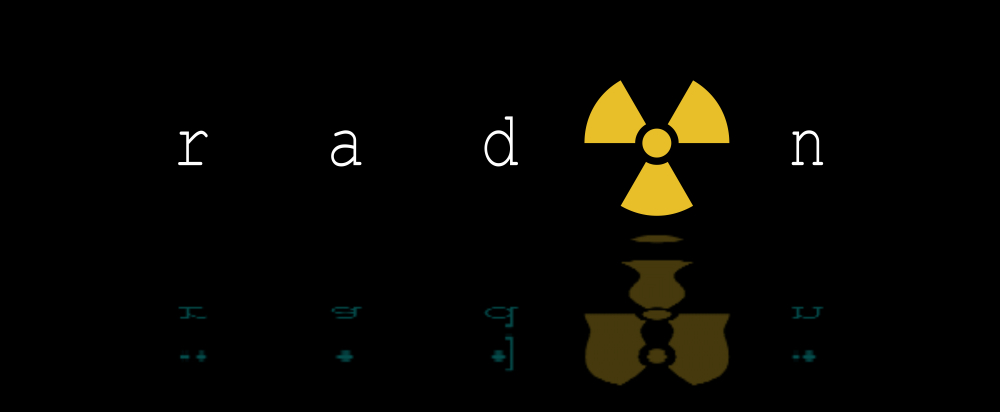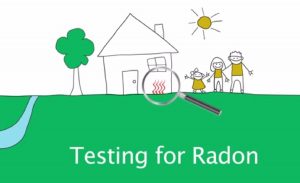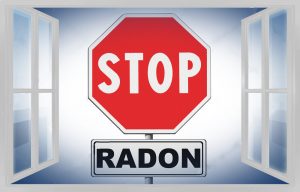What should would look for when purchasing a new home? You will need to conduct inspections on the structural integrity, pest control, drainage systems, and so on. There is always a lot going on during the process that it is easy to forget to check all the safety boxes before moving in. And then there is radon remediation.
Most people may not have even heard of certain dangers that could be present in new homes such as carbon monoxide poisoning or the more common radon gas issues. These are both colorless and odorless gases that you won’t be able to detect easily unless you were specifically looking for.
Radon gas especially is a very real problem as it is present everywhere. This particular gas is always around us, even when we go outdoors. We are always breathing it in, but the most danger comes from when the gas is allowed to accumulate inside enclosed spaces for long periods of time.
It is estimated that 1 of out every 15 homes in the United States have high radon levels. If you’re not careful, you may be walking into one of these homes on your first day and have no idea that you are facing this problem until it’s too late and the damage has been done. Therefore, it would be in your best interest to test your new home for these gas problems alongside all the other inspections and take necessary actions such as radon remediation.
If you are unaware of radon and its lethality, let’s dive further into why you need to be taking precautions.
Why is radon remediation necessary?
You cannot detect radon gas on your own
Radon is a radioactive gas. It is formed when radioactive metals decay underground among the rocks and soil. The gas then seeps its way into the atmosphere all around us. Due to it being odorless, there is no way for us to detect it when it’s in the air. When we are outdoors, the gas is mixed with other elements thereby diluting it to the point where it is not dangerous.
However, because radon gas is constantly seeping out of the ground, it can always find ways to enter buildings and then settle inside, especially if there isn’t enough ventilation. It enters the home through small cracks and then builds up over time.
Radon gas does not kill or harm you immediately. It is a slow process that occurs over many years and so just because you don’t see, smell, or taste it does not mean it isn’t there. It is important to get your home tested at least once every year or two to ensure there is no gas accumulation.
2. Radon is a silent killer
If you don’t know about radon gas or that it is present in your home, then you are likely to go on living with it for many years. If there is sufficient ventilation then this process may be delayed a few years but there is still a very high risk of health implications.
When you enter into a room where there is radon gas, you are essentially breathing in the radioactive gas particles. These particles attach themselves to your lung lining. If there is only a small amount, the particles will simply decay and die over time. However, if you are exposed to it every day and the amount just keeps increasing, these particles will eventually damage the cells on your lung lining.
Within a period of 5 to 25 years (depending on the level of radon you are exposed to), you are highly likely to develop lung cancer as a result of this. In the US, around 22,000 deaths occur each year due to radon-related lung cancer.
3. The existing radon systems may be damaged
The previous owner of the home may have taken precautionary measures for radon but an inspection still needs to be done on the equipment. It may be broken or insufficient for your new requirements and so will have to be replaced for your safety.
Atlantic Radon is a professional radon mitigation company with expert staff who are able to easily identify and rectify any radon problems. We have all the experience and equipment necessary to keep you and your family safe when living at home.
Don’t forget to get your home tested before you move in. Call us today to get a free estimate for this service so you know what to expect!




